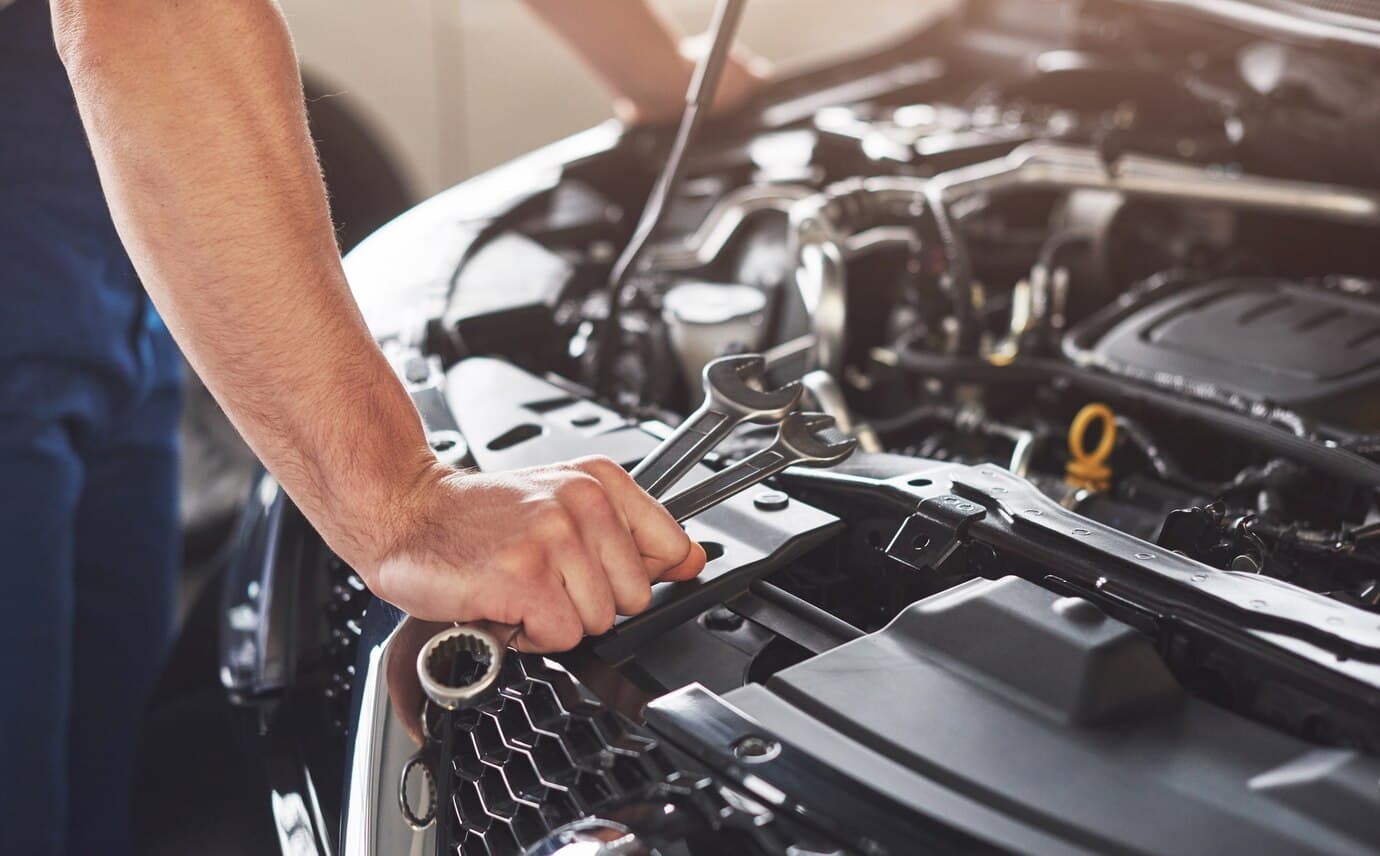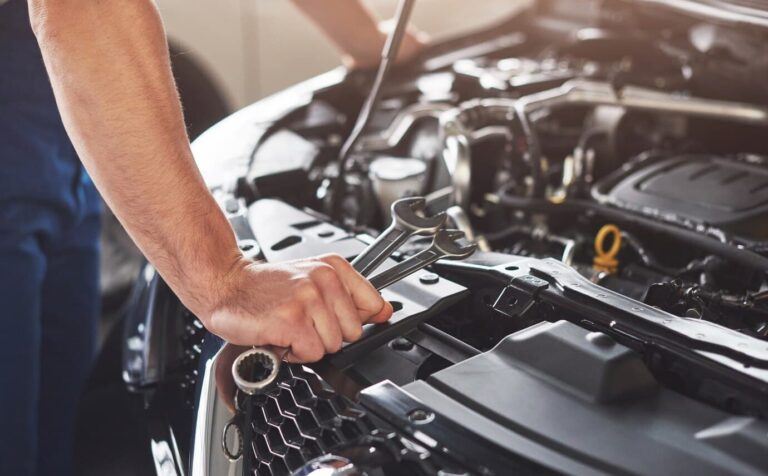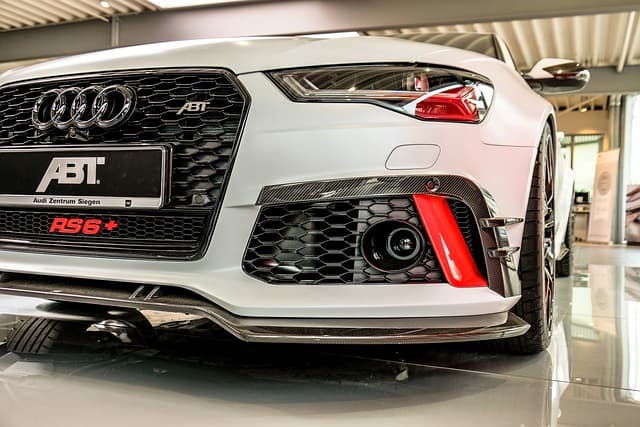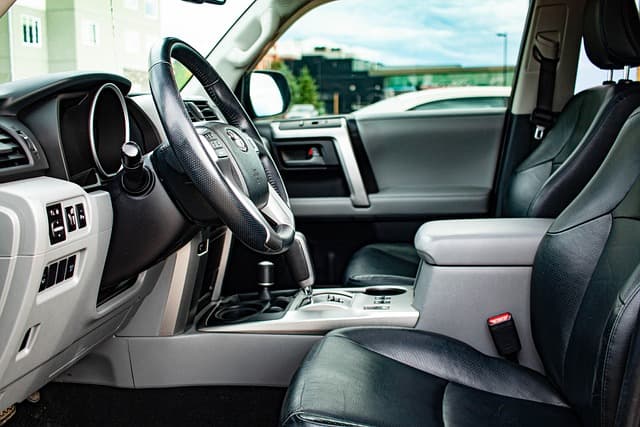When you buy a new car, you might assume it’s operating at peak performance straight from the factory. However, automakers often deliberately restrict engine output, leaving untapped potential under the hood. Much like a casino ensuring the odds always favor the house, manufacturers set limitations that prioritize longevity, emissions compliance, and marketing strategies over raw power. But why do they do this, and how can car enthusiasts level the playing field?
Why Manufacturers Hold Back Your Car’s Performance
Car manufacturers have a variety of reasons for restricting the full potential of their engines, ranging from regulatory compliance to strategic marketing decisions. Understanding these limitations can help car enthusiasts make informed decisions about tuning and modifications.
Emissions Regulations and Fuel Economy Goals
One of the biggest reasons automakers limit engine output is to meet strict emissions regulations. Governments worldwide impose stringent standards on vehicle manufacturers, requiring them to balance performance with environmental responsibility. A high-horsepower engine might excite enthusiasts, but if it doesn’t meet emissions requirements, it won’t make it to production.
Additionally, fuel economy plays a major role. Cars with optimized fuel efficiency appeal to a broader audience and help manufacturers meet corporate average fuel economy (CAFE) standards. By detuning an engine slightly, manufacturers can improve gas mileage, which is a strong selling point for many consumers.
Reliability and Warranty Considerations
Automakers design vehicles to last a long time while requiring minimal maintenance. Pushing an engine to its absolute limit might produce impressive power figures, but it also increases wear and tear. By limiting performance output, manufacturers ensure engines operate within safe parameters, reducing the likelihood of failures and costly warranty claims.
Reliability is a key selling point, especially for daily drivers who need dependable transportation rather than a high-performance track car. This balance between performance and durability allows manufacturers to offer long warranties without taking on excessive risk.
Marketing Strategies and Model Differentiation
Another reason manufacturers hold back performance is to create a structured lineup of vehicles. Many car brands offer multiple trims, with base models receiving lower power outputs while premium models feature upgraded engines or tuning. This strategy encourages customers to spend more on higher trims to access better performance.
For example, a manufacturer might use the same engine across several models but electronically limit horsepower on the lower trims. This artificial differentiation increases the perceived value of performance-oriented models, driving higher sales for premium options.
Unlocking Hidden Performance: How Enthusiasts Gain the Edge
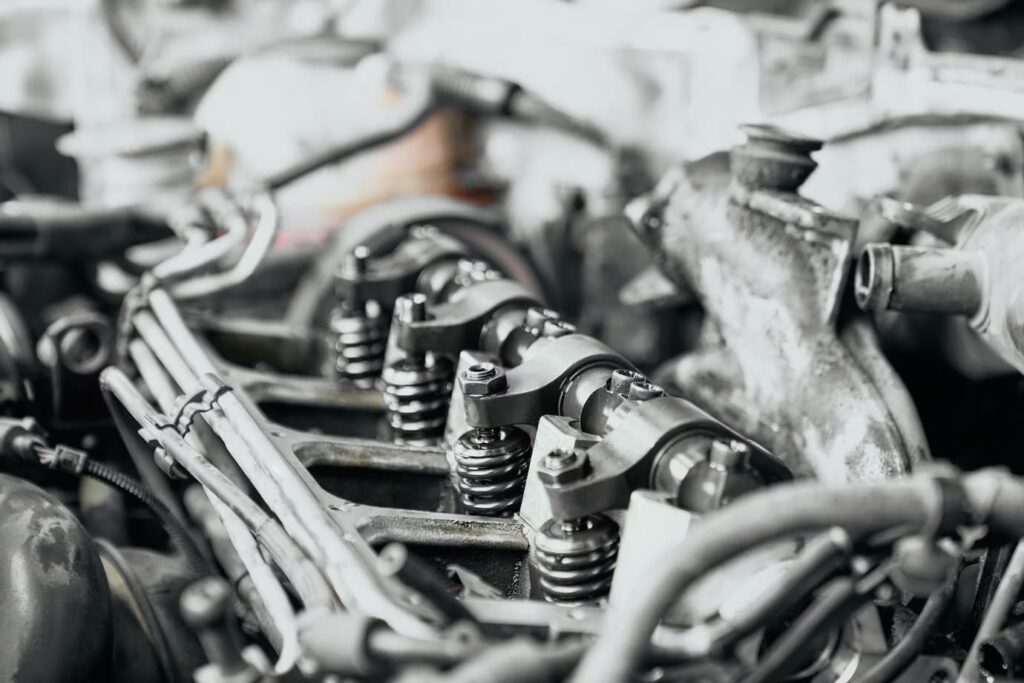
Manufacturers may hold back a car’s true capabilities, but that doesn’t mean drivers have to settle for less. With the right tools and knowledge, enthusiasts can tap into their vehicle’s hidden power and enhance performance beyond factory limitations.
ECU Tuning and Performance Chips
One of the most effective ways to bypass manufacturer limitations is through ECU (Engine Control Unit) tuning. A car’s ECU dictates fuel delivery, ignition timing, and other key parameters that affect performance. Tuning software or aftermarket performance chips can modify these settings, unlocking additional horsepower and torque.
Some aftermarket tuners specialize in custom ECU remaps that cater to specific driving needs, whether for fuel economy, aggressive acceleration, or track use. While tuning may void a factory warranty, many enthusiasts find the performance benefits outweigh the risks.
Bolt-On Performance Upgrades
Beyond software tuning, mechanical upgrades like high-flow air intakes, upgraded exhaust systems, and performance intercoolers help engines breathe better and produce more power. These modifications complement ECU tuning, creating a more efficient and responsive driving experience.
For those looking to maximize gains without extensive modifications, simple plug-and-play tuning modules offer an easy way to improve performance without making permanent changes to factory settings.
The Gambling Mentality: Taking a Chance on Performance Gains
Much like placing a calculated bet, modifying a car comes with both risks and rewards. While performance tuning can unlock impressive power, it requires careful planning and knowledge of the vehicle’s limitations. The same way gamblers assess odds before making a move, car enthusiasts weigh factors like reliability, cost, and long-term impact before adjusting performance settings.
This balance between risk and reward mirrors the decision-making process found in other high-stakes activities. Whether upgrading a vehicle or exploring alternative ways to improve performance, enthusiasts approach tuning with the same strategic mindset that seasoned players use in games of chance.
Speaking of calculated risks and performance-driven decisions, similar principles apply across different competitive fields. In the online entertainment industry, for example, strategic planning and understanding mechanics can make a significant impact on outcomes. To see how this plays out in a different arena, check out https://play-fortune.pl/gry-hazardowe/ for insights into another world where skill, probability, and calculated choices shape experiences.
Final Thoughts
Manufacturers may hold the upper hand when it comes to factory engine limits, but car enthusiasts have plenty of tools to level the playing field. From ECU tuning to bolt-on modifications, unlocking hidden power is entirely possible for those willing to explore their options.
Like in any game of strategy, knowing when to push limits and when to hold back is key. Whether you’re fine-tuning an engine or making strategic choices elsewhere, understanding the mechanics behind performance can lead to rewarding outcomes. By taking a smart and informed approach, drivers can reclaim control over their vehicles and enjoy the full potential of their machines.









